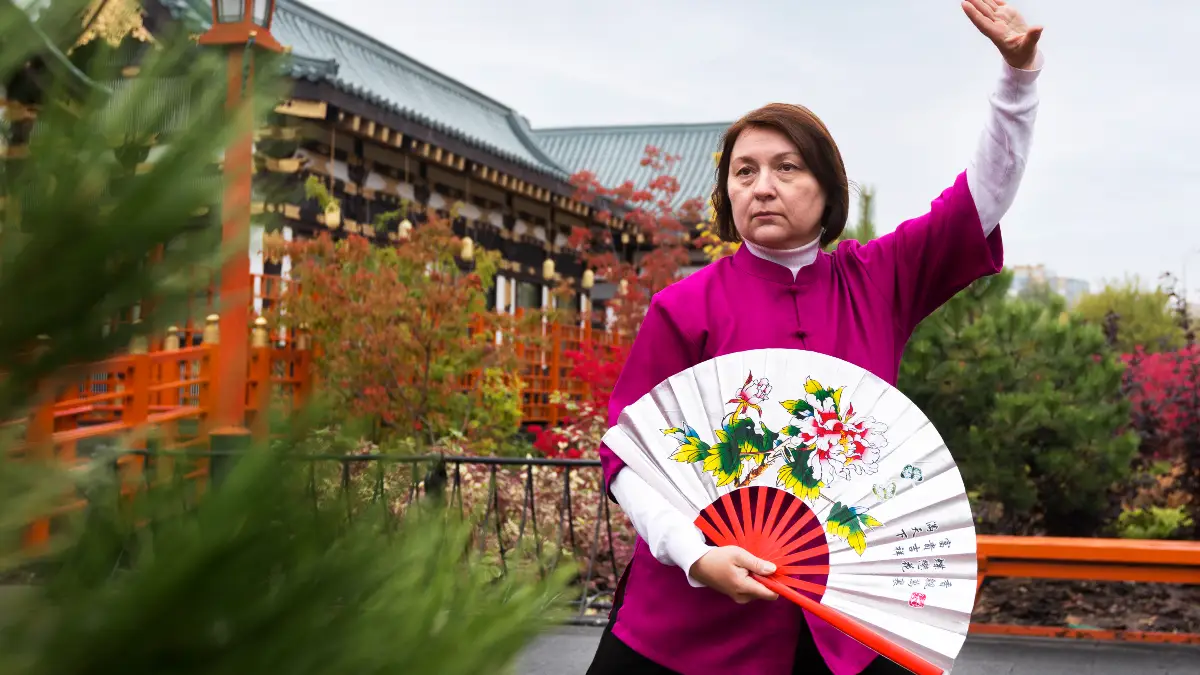In Japan, where living past 85 is the norm, millions of people skip the intense gym sessions for a simple four-minute morning routine. You likely feel the morning rush, thinking there’s no time for exercise that actually works.
You want to feel less stiff, more energized, and age better, but complicated workouts just don’t fit your life. This is where Radio Taiso comes in. For nearly 100 years, this gentle set of movements has been a daily habit for everyone from schoolchildren to grandparents.
It’s proof that you don’t need a huge commitment to build a stronger, healthier body. This guide shows you how four minutes can make all the difference.
The 4-Minute Morning Habit That Could Help You Live Longer
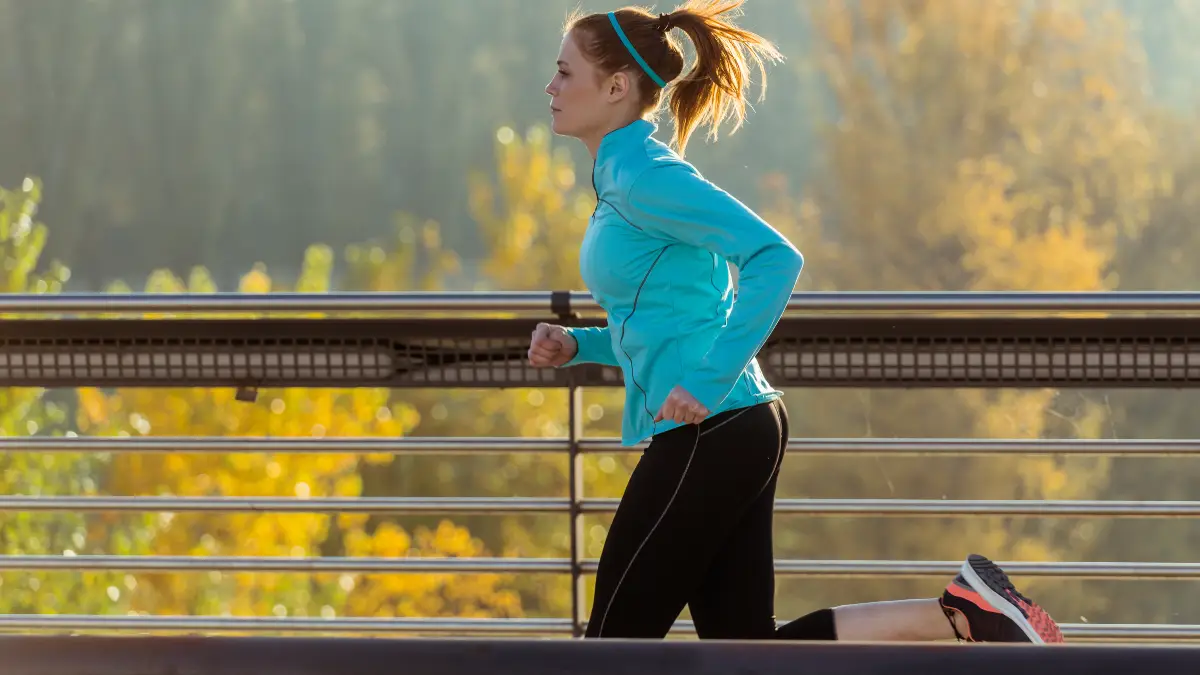
Japan has some of the longest-living people on Earth. For 2025, the average person there is expected to live to be 85 years old. Many people look at their diet or healthcare to find out why. The island of Okinawa is even called a “Blue Zone” because so many people live to be 100.
But what if one of the biggest secrets to a long, healthy life wasn’t a complicated diet or a tough workout? What if it was a simple, four-minute routine that millions of Japanese people do every morning?
This routine is called Radio Taiso, or “Radio Calisthenics.” It’s a set of gentle, flowing movements that has been a part of daily life in Japan for almost 100 years. You may have heard that it can add seven years to your life.
While no single study can promise that exact number, the real story is just as powerful. The proof shows that this small daily habit builds a stronger body and mind. It helps you live more of your years in good health—what experts call your “healthspan.”
This guide will give you the facts about this simple routine. You’ll learn its surprising history, the science behind why it works, and a full step-by-step guide to do it yourself. It even includes ways to do the exercises while sitting down. You’ll also get a simple 4-week plan to make this habit a part of your life for good.
Where Did This Japanese Habit Actually Come From?
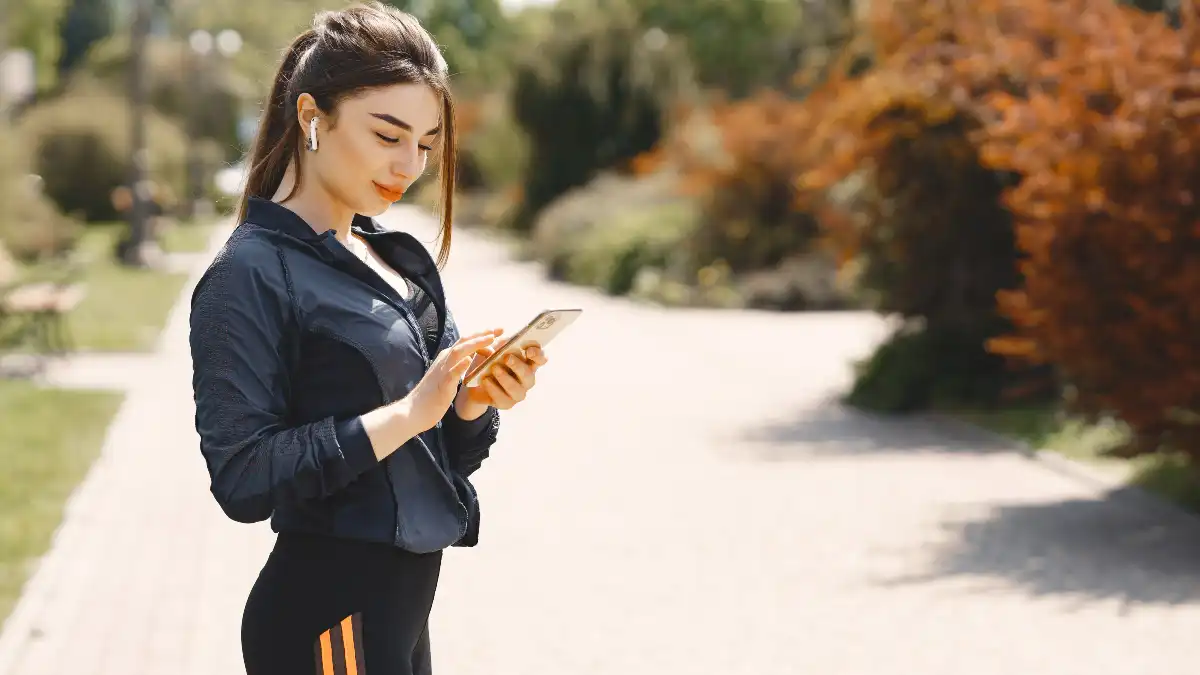
The story of Radio Taiso doesn’t start in Japan. It starts in the United States. In the 1920s, an American insurance company called MetLife aired 15-minute “Tower Health Exercises” on the radio.
A visitor from Japan’s postal insurance office heard it and was inspired. At the time, life expectancy in Japan was only about 40 years old because of disease, so a national health program was a big idea.
When he went back to Japan, the idea was changed for a Japanese audience. In 1928, the National Health Exercise Program was launched to celebrate the new emperor, Hirohito. From the start, the goal was to help everyone in the country get healthier and happier.
The program was briefly banned after World War II because of its ties to the military, but it came back in 1951. Since then, Japan’s public broadcaster, NHK, has played it every day at 6:30 AM.
It has become a huge part of the culture. Kids learn it in elementary school as a warm-up before sports. During summer break, they get cards stamped for each day they show up to do the routine in their local park. This helps build the habit early.
It continues for adults, too. You can see people doing it at construction sites, in factories, and in offices. The 10,000 government workers in Tokyo are encouraged to do it every weekday.
The reason it’s so popular is its main idea: itsudemo, dokodemo, daredemo, which means “whenever, wherever, whoever.”
The moves were made to be easy, with no equipment needed, so anyone of any age could do them. This has made Radio Taiso more than just an exercise. It’s a daily habit that helps keep an entire country healthy.
How This Simple Routine Fights Aging
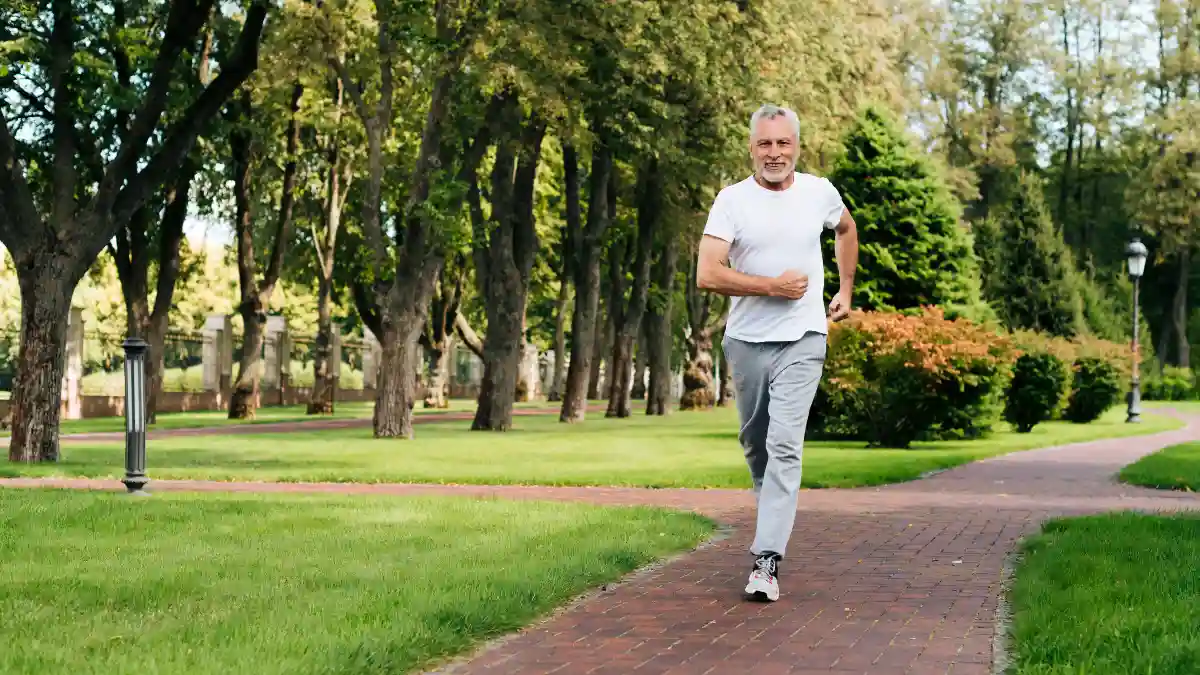
People in Japan live a long time, and Radio Taiso has been popular for a long time. This is no accident. Science is now showing why this simple routine has real physical benefits. It’s not just a few stretches; it’s a smart system that helps you age in a healthier way.
It Helps You Stay Strong and Avoid Falls
Experts call Radio Taiso a “multi-component exercise” because it helps with muscle strength, flexibility, balance, and endurance all at once. This whole-body approach is the best way to fight frailty—the weakness that comes with age and raises the risk of falls and other health problems.
A major 12-week study with 226 older Japanese adults showed just how well it works.14 The people who did Radio Taiso every day saw big improvements compared to those who didn’t:
- Better Balance and Quicker Movement: They got faster at the “Timed Up and Go” test, which measures how quickly you can stand up, walk about 10 feet, turn around, and sit back down. Being faster at this is a key sign of better mobility and a much lower risk of falling.
- More Endurance: They did better on a “2-Minute Step-in-Place” test, which shows how healthy your heart and lungs are. This proves the routine helps your heart, even though it’s gentle.
- More Confidence to Exercise: The study also found that people who did Radio Taiso felt more confident that they could stick with exercise. Because the routine is so easy and accessible, it makes people feel good about doing it and helps them keep it up.
Becoming frail doesn’t happen overnight. It starts with small losses of strength and balance, which can make you afraid of falling.
That fear makes you move less, which makes your health decline even faster. Radio Taiso helps stop this process before it starts by targeting the root causes: poor balance, low endurance, and weak muscles.
It Builds a Healthier Body from Head to Toe
The benefits don’t stop there. The head of the Japan Radio Taiso Federation, Yasuo Fukushi, says that studies have linked the routine to better bone density and a lower risk of stroke and heart attack.
This fits with other big studies. Research in the British Journal of Sports Medicine found that just 30 to 60 minutes a week of muscle-strengthening exercise—like the squats and bodyweight moves in Radio Taiso—is linked to a 10-20% lower risk of dying from any cause, including heart disease and cancer.
The routine is especially good for people who sit a lot. Physical therapist Kyle Krupa says most of the moves involve stretching backward and twisting, which helps fix bad posture and a stiff spine.
By moving your body through its full range of motion each day, you keep your joints healthy. It’s a perfect example of “use it or lose it.”
Can It Really Add 7 Years to Your Life?
So, what about the claim that this routine can add seven years to your life? That number seems to come from mixing two different facts. One study noted that Taiso (which includes Radio Taiso) might lower the risk of dementia.
The same report mentioned that the range of healthy life in Japan was between 69.7 and 73.4 years—a gap of almost seven years. It seems someone connected the exercise’s benefits to that number.
This is a classic mix-up of two things that are related but don’t cause each other. No single study proves Radio Taiso adds exactly seven years to your life. But that doesn’t mean it’s not powerful.
The real story is that the routine is proven to improve the things that science knows lead to a long and healthy life: balance, heart health, muscle strength, and a clear mind. It’s not about a magic number; it’s about a real way to add more healthy years to your life.
Why This Routine Makes Your Mind Feel Better
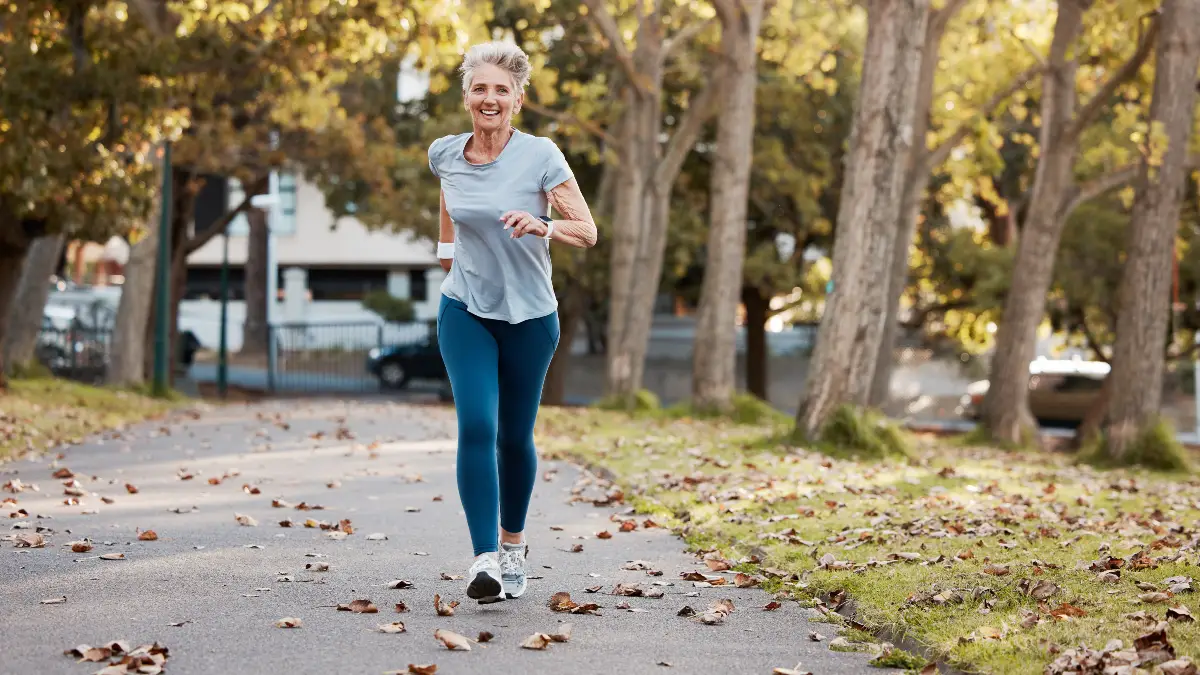
The good things about Radio Taiso are not just physical. Starting your day with simple, focused movement can make you feel better mentally and emotionally.
A Better Morning for Your Brain
Moving your body first thing in the morning works with your body’s natural rhythms. Cortisol, a hormone that helps you feel alert, is highest around 8 AM.
Exercising around this time can make you feel even more energized. Any kind of exercise also tells your brain to make endorphins, which are chemicals that make you feel good. This can put you in a good mood for the rest of the day.
Science shows this works on a deep level. Research by neuroscientist Dr. Wendy Suzuki found that short, regular workouts help the part of the brain that controls learning and memory.
Exercise sends more blood to your brain and releases a protein called BDNF, which is like “fertilizer for your brain cells.” A 2019 study also found that a single morning workout helped people pay better attention and make better decisions all day long.
A Moving Meditation for a Clear Head
You can think of Radio Taiso as a “meditation in motion.” Focusing on the simple, rhythmic movements helps you stop thinking about worries or negative thoughts.
This focus on the present moment can help you feel calm and less stressed. Doing it regularly is a natural way to fight anxiety and boost your energy.
This is especially helpful today, when we have so many distractions. By starting your day with a few minutes of focused movement, you can feel more clear-headed and ready for whatever comes your way.
The Best Way to Fight Loneliness
Maybe the most powerful mental benefit of Radio Taiso is that it brings people together. In Japan, it’s often done in groups. People meet in parks every morning to do the routine, and they become friends.
As Shiatsu Grandmaster Kumiko Kanayama says, “I see people who are in their 80s or 90s exercising—and they’re strong and healthy because they leave the house, exercise, and meet people.”
This sense of community is a strong defense against loneliness, which is a major cause of depression and other health problems. The routine gives you three things at once: physical movement, a clear mind, and social connection.
In many Western countries, fitness can feel competitive or stressful. Radio Taiso is different. It’s described as an activity with “no expectation or shame.” It’s free, easy, and for everyone.
This removes the fear of going to a gym and creates a supportive feeling that is great for your mental health.
Your Step-by-Step Guide to the 4-Minute Routine
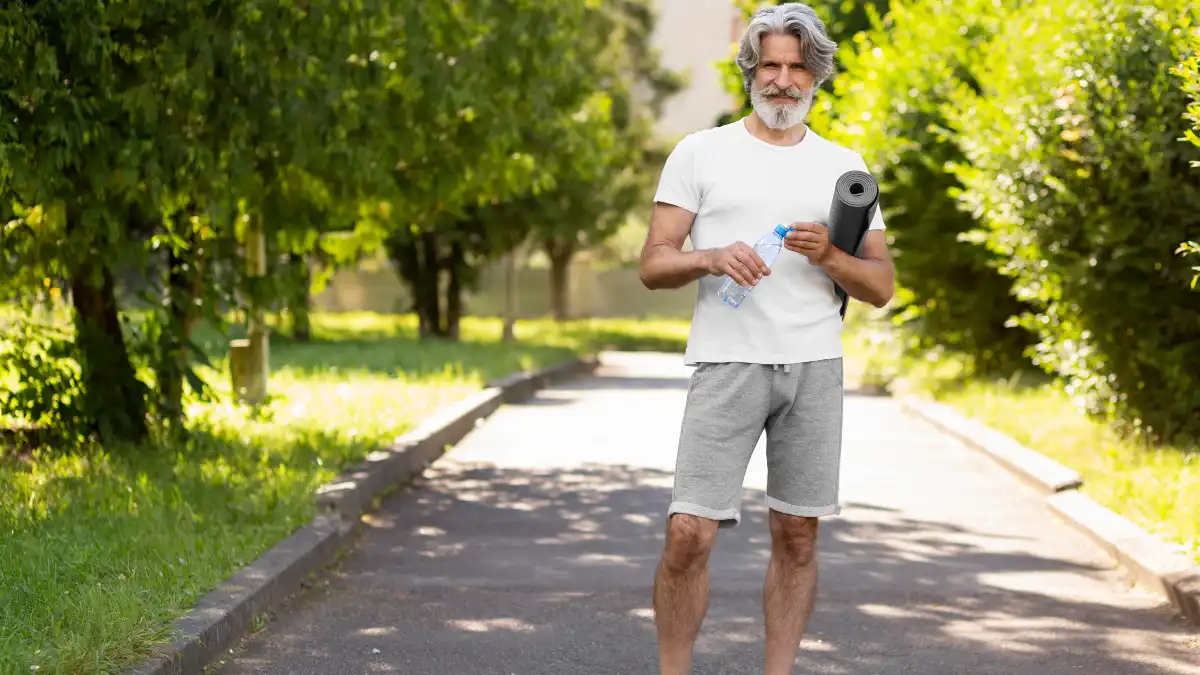
The best part of Radio Taiso is how simple it is. You just need a little space to move your arms and comfortable clothes.
Always listen to your body and stop if something hurts. You can learn the moves from the guide below, but it’s even better to follow a video on a site like YouTube. The videos have the classic piano music that helps you keep the rhythm.
The main routine is called Radio Taiso Dai Ichi (“Radio Calisthenics Number 1”). It has 13 moves that warm up your whole body in about three minutes. Here is a guide to each move, with options for doing them while seated.
| Movement # & Name | Standing Instructions | Seated Modification | What It Does |
| 1. Full-Body Stretch | • Stand with feet shoulder-width apart.• Raise arms up and overhead, stretching tall.• Lower arms in a big circle to your sides. (Repeat 2x) | • Sit tall on the edge of a chair, feet flat.• Raise arms overhead with a straight back.• Gently lower arms to your sides. (Repeat 2x) | Fixes posture, opens your chest, and gets your blood flowing. |
| 2. Arms and Legs | • Swing arms out to shoulder level as you bend your knees in a small squat.• Straighten your legs as you lower your arms. (Repeat 8x) | • Sit tall. Lift both arms out to your sides to shoulder height.• Lower your arms. (Repeat 8x) | Warms up your leg muscles and shoulder joints. |
| 3. Arm Circles | • Stretch arms out to your sides.• Swing your arms in big circles forward, then backward. (Repeat 4x total) | • Stretch arms out to your sides.• Make big arm circles, focusing on your shoulders. (Repeat 4x total) | Helps your shoulders and upper back move more freely. |
| 4. Chest Stretches | • Stand with feet apart.• Swing arms out wide to open your chest.• Cross your arms in front, then swing them out again above your shoulders. (Repeat 4x) | • Sit tall. Open your arms wide, squeezing your shoulder blades.• Cross your arms in front of you. (Repeat 4x) | Stretches your chest muscles to help you stop slouching. |
| 5. Side Bends | • Put one hand on your hip. Raise the other arm up and lean to the side.• Bounce gently twice. Do the other side. (Repeat sequence 2x) | • Sit tall. Lift one arm up and gently lean to the other side.• Hold for two counts. Do the other side. (Repeat sequence 2x) | Stretches the sides of your body and makes your spine more flexible. |
| 6. Forward & Backward Bends | • Bend forward from your hips with a flat back, bouncing gently three times.• Put your hands on your lower back and gently lean back. (Repeat sequence 2x) | • Sit on the edge of your chair. Bend forward from the hips with a straight back.• Put hands on your thighs, sit up, and gently arch your upper back. (Repeat sequence 2x) | Stretches the back of your legs and moves your spine forward and back. |
| 7. Body Twists | • Twist your upper body from side to side, letting your arms swing.• After four swings, twist and reach up diagonally. Do the other side. | • Sit tall. Twist your upper body side to side, keeping your hips still. • Add a diagonal reach with your arms on each side. | Helps your mid-spine move and works your core muscles. |
| 8. Arm Stretches | • Step one foot out, with hands on your shoulders.• Go up on your tiptoes as you stretch your arms straight up.• Come back to the middle. Do the other side. (Repeat 4x total) | • Sit tall with hands on your shoulders. • Stretch your arms straight up, then bring your hands back to your shoulders. | Helps with balance and makes your calf muscles stronger. |
| 9. Diagonal Bends | • With feet wide, bend down and reach for the opposite foot. Bounce gently twice.• Stand up and open your arms wide. Do the other side. (Repeat sequence 2x) | • Sit with your legs wide. Bend forward and reach for the opposite foot. • Sit up tall and open your arms. Do the other side. | Stretches the back of your legs, your glutes, and your lower back. |
| 10. Body Circles | • With feet wide, bend forward and move your whole upper body in a big circle.• Go the other way. (Repeat 2x each direction) | • Sit tall. Bend forward and make a big circle with your upper body. Go the other way. | Helps your hips and whole spine move better. |
| 11. Jumps | • Do four small hops.• Then do two jumping jacks.• To make it easier: Step to the side instead of jumping. (Repeat sequence 2x) | • No jumps. Shake your arms down four times.• Lift your arms to shoulder level two times. | Gets your heart rate up for a short time. |
| 12. Arms and Legs (Repeat) | • Do Movement #2 again: Swing arms out while bending your knees. (Repeat 8x) | • Do Movement #2 again: Lift both arms out to shoulder height. (Repeat 8x) | Warms up your big muscle groups again. |
| 13. Deep Breaths | • Raise your arms in a big circle while you breathe in deep.• Lower your arms slowly as you breathe out. (Repeat 2x) | • Sit tall. Raise your arms out and up as you breathe in. • Lower your arms slowly as you breathe out. | Calms you down and ends the routine with mindful breathing. |
How to Make This a Habit That Sticks (In 4 Weeks)
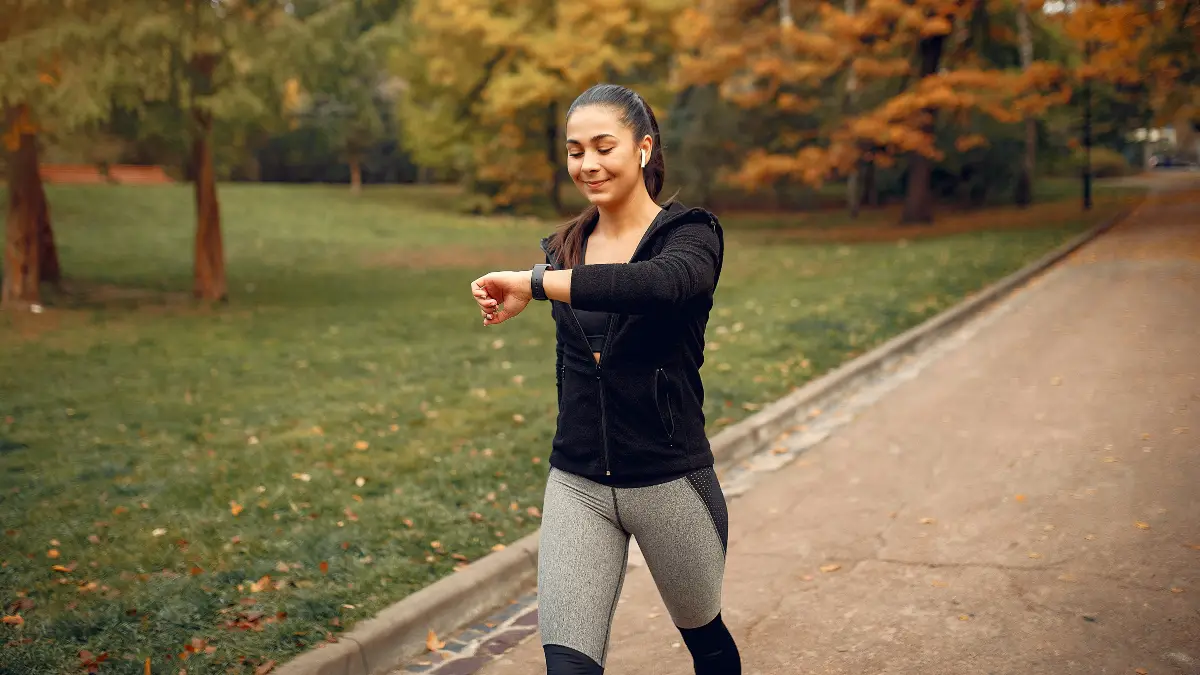
Knowing the moves is the first step. The real benefits come from doing it every day. The main reason people quit a new exercise habit isn’t because it’s too hard, but because of small things like not having time or motivation.
Radio Taiso is designed to beat those problems. It’s only four minutes, so you can’t say you don’t have time. It’s simple, so you won’t feel lost. And it makes you feel energized right away, which is a great reward. Here is a 4-week plan to make this routine a habit for life.
The Power of a “Micro-Habit”
The key to making Radio Taiso stick is that it’s a “micro-habit.” Studies show that short, easy activities are easier to stick with than long, hard workouts.
It’s easy to say yes to a four-minute routine, even when you don’t feel like it. When you succeed, it builds confidence and makes you want to do it again.
Week 1: Link It to Something You Already Do
Your goal for the first week is just to do it every day. The best way to do this is to “stack” it with another habit you already have.
Make a rule for yourself, like: “After I drink my first glass of water, I will do Radio Taiso.” Or, “While my coffee is brewing, I will do Radio Taiso.” This way, you don’t have to decide when to do it. Don’t worry about doing it perfectly. Just get it done.
Week 2: Set Yourself Up for Success
In the second week, make it even easier by getting everything ready the night before. Lay out your clothes, have the video ready on your phone, and make sure you have space.
A great trick is to put your alarm clock on the other side of the room. This forces you to get out of bed to turn it off. Once you’re up, it’s much easier to start.
Week 3: Notice How Good You Feel
Now that the habit is getting easier, start paying attention to the rewards. Don’t think about living longer. Instead, notice how you feel right after you finish.
Do you have more energy? Is your mind clearer? Do you feel less stiff? This helps you focus on the immediate good feelings, which is a much better motivator than a far-off goal.
Week 4: Do It With Someone Else
In the last week, make the habit stronger by adding a social part. Do the routine with a partner, family member, or friend.
This makes you more likely to stick with it and adds to the mental benefits. By the end of this week, the routine should feel like a normal and good part of your morning.
Your First Four Minutes to a Healthier Life
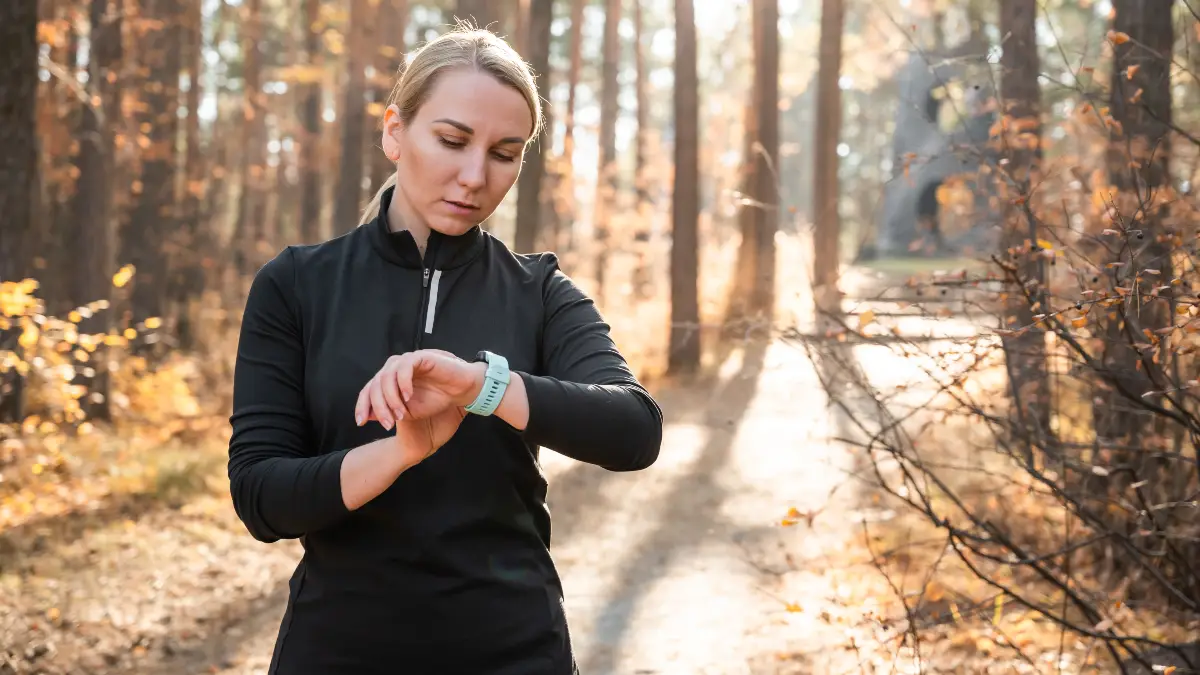
For almost 100 years, Radio Taiso has been a key part of public health in one of the world’s longest-living countries. It’s more than just an exercise.
It’s a piece of history, a science-backed way to stay strong, a tool to clear your mind, and a way to connect with others. Its real power is in how simple and easy it is for everyone.
The proof is clear. This four-minute daily routine is shown to improve the key things you need to age well: balance, endurance, strength, and flexibility. It helps fight the effects of sitting too much, lifts your mood, and helps you feel less lonely.
While the “seven extra years” claim isn’t proven, the idea behind it is solid. By spending just four minutes every morning on this routine, you are investing in your healthspan—the number of years you live in good health.
It is a proven way to stay mobile, strong, and sharp for longer. You don’t need a gym, special gear, or a lot of time. You just need four minutes and the choice to start. Try it tomorrow morning. You’ll be glad you did.

